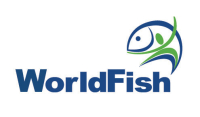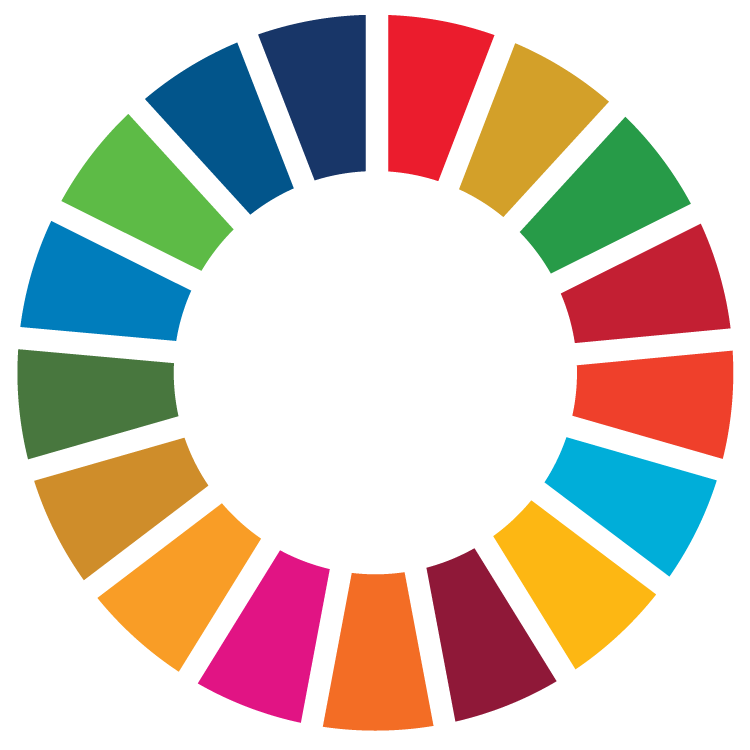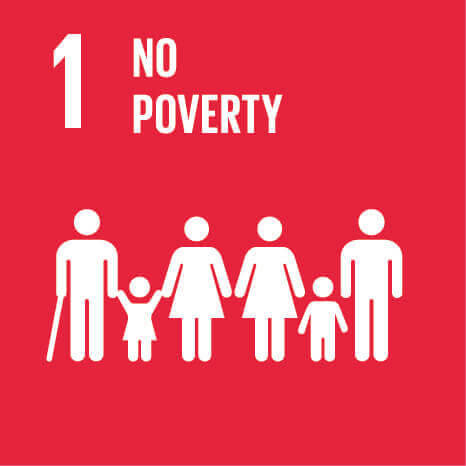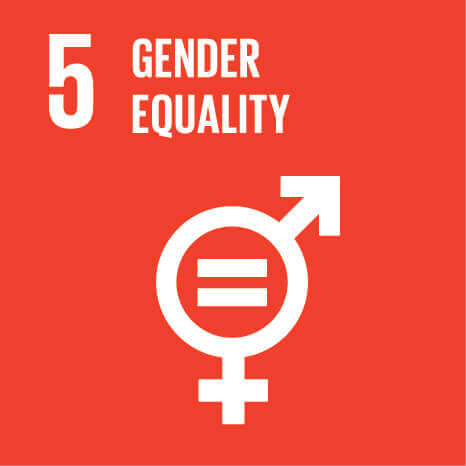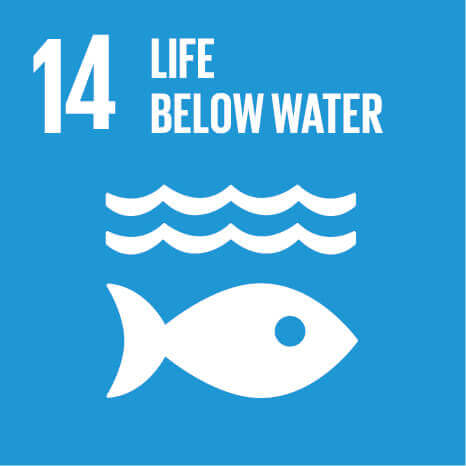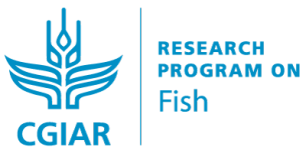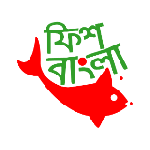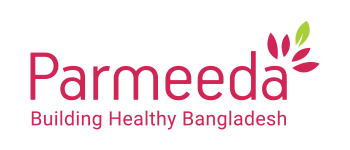More than 12,000 fish producers in Bangladesh adopt improved pond management practices
Published on: April 28, 2020, Submitted by Innocent Bikara on: April 23, 2020, Reporting year: 2019
12,475 fish producers in Bangladesh (8,471 women of which 2,563 are between 15-29 years) have applied improved pond management practices, developed by WorldFish, in their ponds. In total, 2,086 hectares of pond area in Bangladesh have been under improved management as a result of the intervention enabled by the USAID funded "Feed the future Nutrition Activity - Bangladesh" project.
US Ambassador visits Carp Genetic Improvement Program in Bangladesh
Bangladesh aquaculture is characterized by a diversity of farming systems and management practices, due in part to the rapidity of change and development in the sector, and to the diversity of specialized production technologies that have emerged in response to local comparative advantages in different regions of the country (WorldFish, 2015). This diversity presents challenges as well as opportunities to public and private sector extension systems supporting wide adoption of better management practices (BMP) across the aquaculture sector. Available aquaculture management and business practice guidelines and extension materials are scattered across many public and private groups, of variable quality, and disseminated in various media by groups with mixed capacity. Meanwhile, women and men fish farmers are commonly reluctant to change from current practices because of added risk to farming systems that are already vulnerable to a wide range of external factors. International standards for aquaculture certification are rarely applied, due to lack of Bangladesh-specific guidelines, low awareness for adoption among farmers and value chain actors and lack of market incentives. Compared to other Asian countries, Bangladesh lagged behind in the development and application of better management practices across major aquaculture farming systems and commodities. International standards for aquaculture certification were rarely applied, due to lack of Bangladesh-specific guidelines, low awareness for adoption among farmers and value chain actors and lack of market incentives. In addition, women lacked access to information and extension services, resulting in large yield gaps between female and male farmer for all major aquaculture species (Bangladesh Fisheries Statistical Report,2015).
The Feed the Future Bangladesh Aquaculture and Nutrition Activity (BANA) project developed, documented and shared a variety of best management practices customized to the different growing conditions, aquaculture production systems, farmer's capability and social context in the Feed-the-future zone of influence (ZOI), which compromises 21 districts in Barisal, Dhaka and Khulna divisions. The research within the activity has focused on aquaculture technologies (improved genetics, fish health, feeds, harvesting technology), much of which are gender responsive , environmentally sustainable smallholder production systems and gendered barriers and opportunities in the aquaculture value chain. To sustainably increase aquaculture production of farmed fish, approaching Asia regional standards of quality, pond and gher farmers, the input suppliers and their buyer must adopt and use better seed, feed, and best management practices (BMP). Considerable progress is being made in this direction with 12,475 fish producers having adopted best practices.
Through two sub-grantees, BANA established 73 service centers/agents and 71 demonstration plots through which trainings were delivered. Training were targeted towards hatchery workers (owners and technicians), lead farmers. Information, education and communication (IEC) materials were developed and printed and distributed to trainees. The IEC materials were reviewed and translated by local experts to make them responsive to local conditions. BANA further developed and deployed a wider range of dissemination options (embedded in input suppliers, fresh fish buyers, and fee for service businesses) using a mix of delivery methods bound by a code of conduct or accreditation system for providers to insure consistency on messaging and instructional guidelines.
BANA has also two NGO sub-grantees are delivered training to the fish farmers by direct delivery approach. As a result of the above, 12,475 fish producers (including 8,471 women, of which 2,563 are between 15-29 years) applied improved pond management practices in their 2,086 hectares of pond area. Some outcomes expected are:
Market System
● More feed, seed, aqua-chemical, equipment, fish buying companies embed appropriate gender and nutrition integrated BMPs to all women and men fish farmers in all locations in the ZOI.
● Service providers continuously update their offers of pond management/business services in line with fish farmer needs and available research knowledge.
● Consistent and easy to convey gender related behavior change messages (i.e., around women's important roles and work burdens) will be designed and integrated into the BMP package and will be updated as required.
● Service providers adopt a code of conduct to ensure consistency in instruction.
● Public/private sector mechanism in place to translate emergent issues (i.e., latest biosecurity research) in BMP and their dissemination.
Pond fish farmers:
● More women and men pond farmers adopt the full bundle of BMPs customized to their local conditions leading to increased productivity and income from fish farming. Besides, availability and consumption of nutrient-rich fishes will ensure more diverse foods, and thus contribute to improving family nutrition.
This will ultimately lead to increased productivity, income from fish farming and improved dietary diversity. The activity will continue to work with all key market system actors – private sector, government, universities, and civil society organizations – to re-align functions with the players best-positioned to advance continued aquaculture transformation that is inclusive of disadvantaged groups, including women and youth. The activity aims to reach 400,000 fish producers by the end of its mandate.
Stage of Maturity and Sphere of influence
-
Stage of Maturity: Stage 1
-
Contributions in sphere of influence:
1.3.4 - More efficient use of inputs
1.4.2 - Closed yield gaps through improved agronomic and animal husbandry practices
Acknowledgement
This work was undertaken as part of the CGIAR Research Program on Fish Agri-Food Systems (FISH) led by WorldFish. The program is supported by contributors to the CGIAR Trust Fund. Funding support for this work was provided by USAID under Feed the Futur iniative, Bangladesh Aquaculture and Nutrition Activity.
